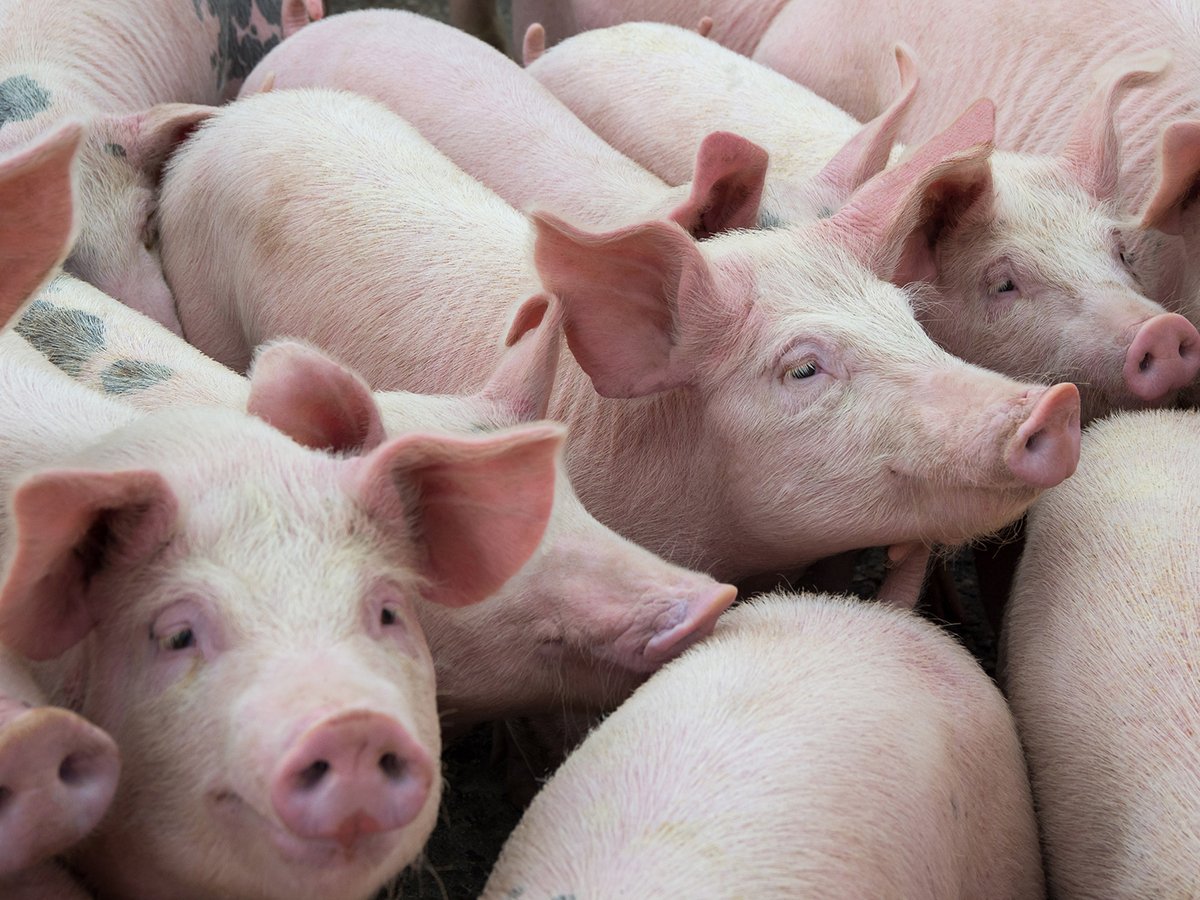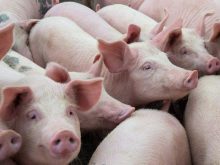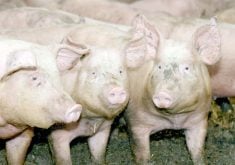Variety may be the spice of life, but it’s not something producers want to find in their pig herds.
Keeping as many pigs within the weight range of the core shipping group is key to profitability, but feeder animals outside of the core smear red ink on hog producers’ balance sheets.
Net returns for pigs inside the core group are about $9 per head, but hogs outside that group bring losses of $3.50 per head.
All-in all-out barn systems that improve herd performance leave little room to improve individual animals that fail to reach or exceed market goals when it’s time to ship.
Read Also

Quebec pork company calls for transparency around gene-edited pigs
Quebec-based pork company duBreton is calling for transparency around meats from gene-edited pigs on concerns that a lack of mandatory labelling will confuse consumers, and dilute certification claims. The organic sector is also calling for labelling rules.
It isn’t about trying to tailor production of each animal to meet the market weight, it’s about getting as many as possible into the core at the same time, John Patience of Saskatoon’s Prairie Swine Centre told producers at the centre’s Focus on the Future conference at the end of March.
He said producers can take steps to improve the percentage of animals within the core and improve overall health and production in their herds.
“We can reduce variation to begin with and then manage the variation that we are left with,” he said.
“In any normal distribution of animals in a barn there is going to be some that don’t fall into the core and getting that number down is the goal.”
Production analysts measure the variability of the herd as the coefficient of variation, or CV, a term that allows farmers to measure production methods that improve the number of animals that can be shipped within the core.
“The CV lets you know how we are doing and what works … benchmarking the farm’s production,” he said.
To find the herd’s CV, producers need to know the standard deviation within their herd. The process is valuable when growers are trying to evaluate herd management changes.
The average weight difference from the mean average is the standard deviation.
To arrive at this number, weigh all animals. Calculate the mean average weight of the herd by adding the weights together and dividing by the total number of pigs. Take all the animals’ weights and individually subtract them from the mean. Square each resulting numbers, add them together and divide the sum by one less than the total number of pigs and take the square root. The resulting number is the standard deviation.
If the standard deviation is high for an average age, then the herd has high variability. If it is low, the animals are similar in size.
When standard deviation weight is calculated as a percentage of the mean average, it is called the CV.
According to the centre, standard deviations for a high quality herd might be 1.2 kilograms at 19 days of age, 3.8 kg at 68 days and 8.3 kg at 140 days.
The resulting CVs for the same ages would be 22 percent at 19 days, 13 at 68 days and eight at 140 days.
“At weaning a CV of about 20 percent is good, exiting the nursery 12 to 15 percent,” Patience said.
“At first pull, grow-out, eight to 12 percent is acceptable.”
He said increasing the litter size will reduce birth weights, but doesn’t increase variation in size at weaning, which means it can be eliminated from the variability control effort.
Patience said swine centre research has shown that reducing disease loads dramatically improves evenness of the herd.
Free access to water drinkers and feed are critical. Work by Patience in 2004 showed that constant trough coverage off 44 percent reduced variability the most.
“Larger animals compete for resources better than smaller ones and that compounds the variability issue,” he said.
Sorting older feeders into pens only by weight had little influence on variability and added costs and animal stress through additional handling.
However, weaning more than once per week did improve the CV because smaller animals came to market together and gained at similar rates. Boosting weaning age from 15 to 21 days also reduced the variability with increases in average daily gain during the grow-out phase.
Brian Hardy of Nutri Vision in Bloomington, Illinois, said increasing growth rates won’t reduce variation, but can help achieve a larger number of animals reaching the core group within a given number of days in the barn.
“When we increase growth rates across the board, smaller animals get to market weights faster. You still need to sort, but it can cut the days to market. So anything we do that doesn’t compromise feed costs is important,” he said.
Improving the CV by increasing the digestible energy in the feed ration improves returns per barn by reducing the number of slow-growing hogs in the population, but needs to balanced with increased feed costs, researchers said.
Recent research at the swine centre showed about a $2.20 reduction in returns per pig over grow-out feed when the digestible energy was increased from 3.12 mega calories per kg to 3.43 mega calories per kg.
Patience said the additional feed costs may pay or not, depending on how many slow-growing hogs there are in the farm’s average population.
“If you have a lot of tail-enders to manage, the extra feed cost will pay. A few and it won’t improve returns,” he said.
Sorting animals improves returns where the production system can accommodate it. Returns can also be improved through split sex housing, culling or sorting lightweight pigs that enter or exit the nursery, segregated parity production and market sorting.
Patience said efforts to reduce the amount of variability in the barn are also generally considered best management practices for disease reduction, pig performance and production management.
















